Discovering the perfect spot for a light fixture can transform a room’s ambiance, but have you ever wondered about the cost of relocating one?
From the subtle glow of pendant light to the elegant charm of a chandelier, we unravel the factors that influence the price tag of moving a light fixture, shedding light on your budgeting concerns.
How Much Does It Cost to Move a Light Fixture?
Relocating a light fixture typically carries a price range of $100 to $900, influenced by factors such as distance and the need for wiring replacement. The process involves drilling a fresh aperture in the drywall while tending to the repair of the pre-existing hole.
This combination of skilled labor and material expenses contributes to the overall cost, ensuring a seamless transition of your luminous focal point.
What is a Light Fixture?
A light fixture refers to the physical apparatus or device that holds and houses a light source, such as a bulb or lamp. It is designed to provide illumination and can come in various forms, including ceiling-mounted fixtures, wall sconces, pendant lights, chandeliers, and floor or table lamps.
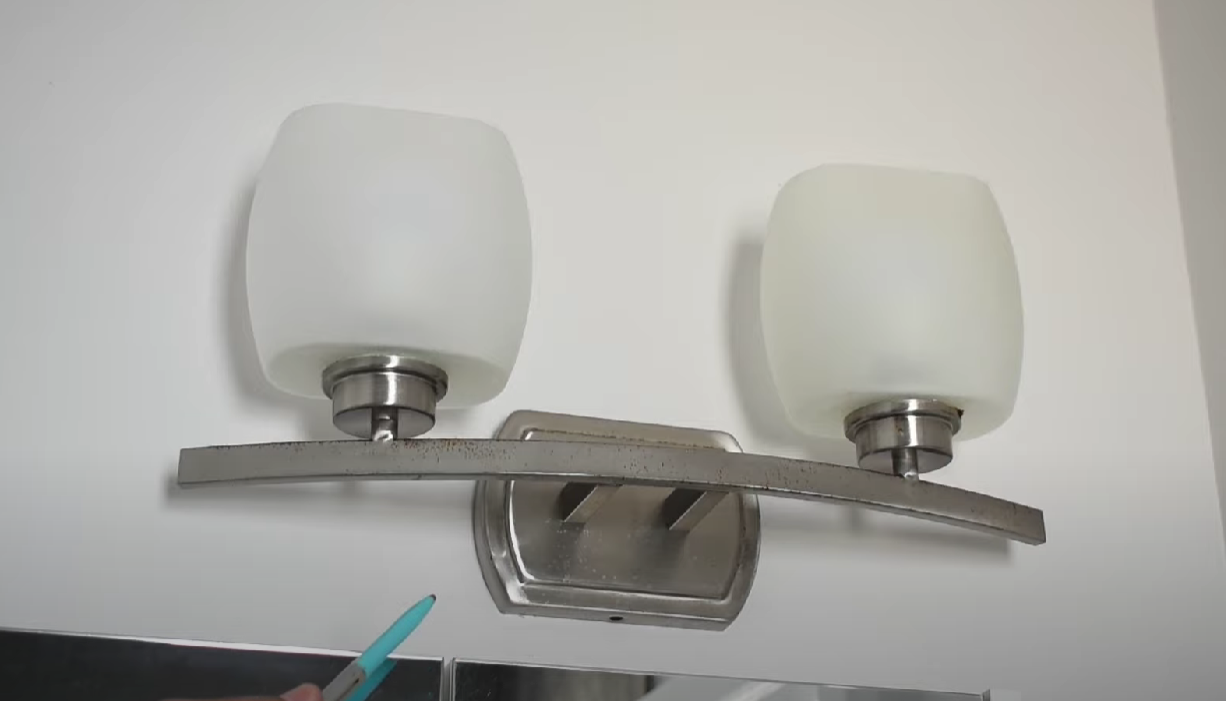
Light fixtures not only serve a functional purpose by providing light but also contribute to the aesthetics and ambiance of a space, enhancing its overall design and atmosphere.
Factors That Affect the cost
When considering the cost to move a light fixture, several factors come into play. From the complexity of the task to the materials and labor required, various elements can greatly impact the overall expense. Below are the key factors that influence the cost of relocating a light fixture.
Distance and Location
The distance that the light fixture needs to be moved can significantly affect the cost. If the new location is within proximity to the existing one, the task may be relatively straightforward and less time-consuming for the electrician.
However, when the relocation involves a considerable distance, such as moving from one room to another or from one floor to another, the complexity increases, which can result in higher costs.
Additionally, the location of the new spot plays a role. If it requires extensive electrical work or modifications, the overall cost may be higher due to the additional time and effort involved.
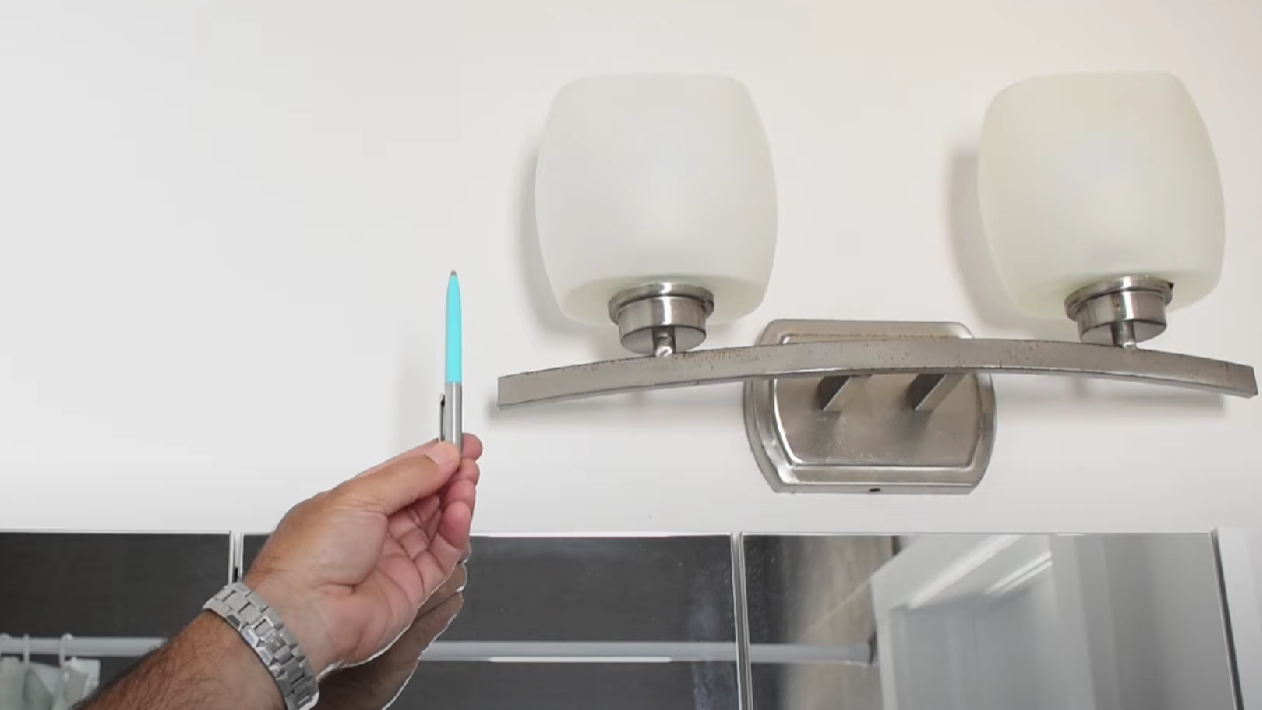
Wiring Requirements
The condition of the existing wiring and the need for rewiring can greatly impact the cost of moving a light fixture. If the electrical wiring is outdated, damaged, or incompatible with the new location, it may be necessary to replace or reconfigure the wiring.
This involves additional labor and materials, contributing to a higher overall cost. On the other hand, if the existing wiring is in good condition and compatible with the new location, the electrician may only need to make minor adjustments, reducing the overall cost.
Ceiling and Wall Structure
The structure of the ceiling or wall where the light fixture will be moved can also affect the cost. If the ceiling or wall is made of a material that is difficult to work with, such as concrete, brick, or plaster, additional effort, and specialized tools may be required to relocate the fixture.
This can increase the labor costs. Similarly, if there are obstacles, such as beams or pipes, in the path of the new location, the electrician may need to reroute the wiring, which can add complexity and expense to the project.
Repairing Existing Holes and Creating New Ones
Moving a light fixture often involves drilling a new hole in the drywall for the electrical wiring and fixture mount. Simultaneously, the existing hole from the previous location needs to be repaired. The size and complexity of these tasks can impact the overall cost.
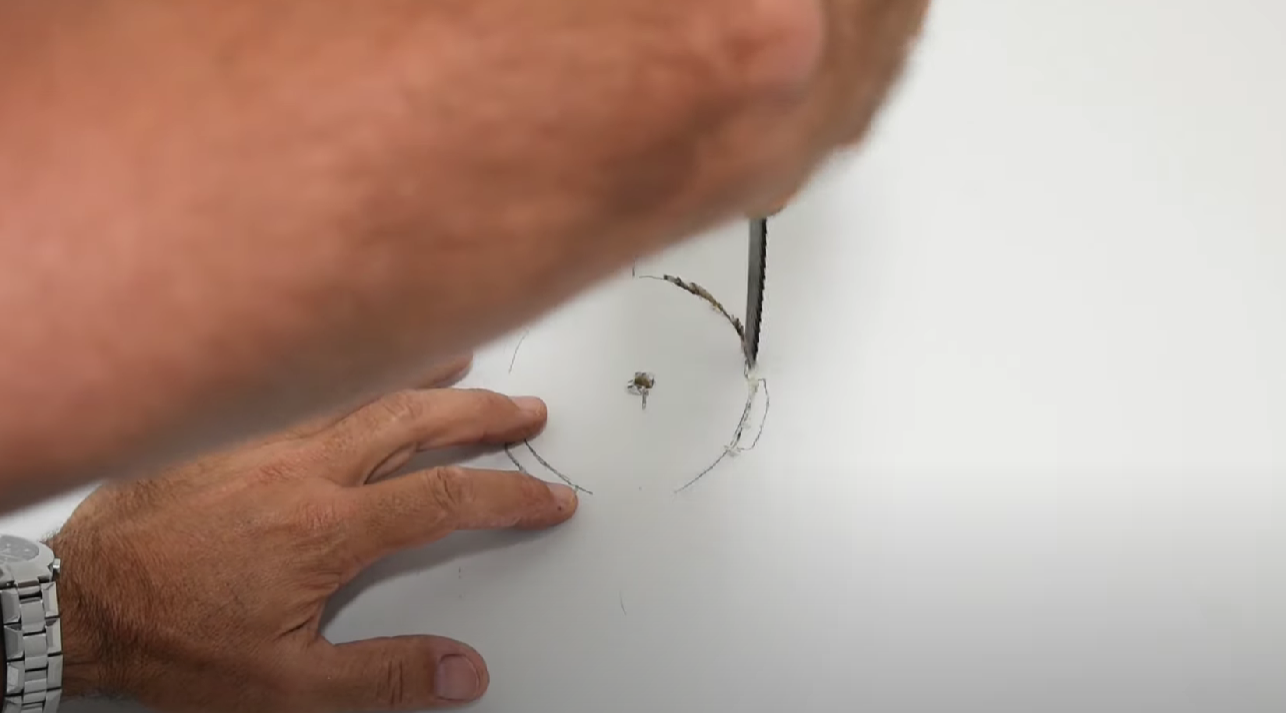
Repairing a small hole may be relatively straightforward and inexpensive, but if the hole is large or requires patching, sanding, and repainting, the cost can increase.
Similarly, drilling a new hole may be simple if the wall is easily accessible, but if it requires additional effort due to structural factors or access limitations, it can add to the overall cost.
Fixture Type and Complexity
The type and complexity of the light fixture itself can also affect the cost of relocation. Simple fixtures, such as basic ceiling-mounted lights or wall sconces, are typically easier to move and may incur lower costs.
However, more intricate fixtures like chandeliers or pendant lights with multiple components and delicate wiring may require more time and expertise to relocate, resulting in higher labor costs.
Additionally, if the fixture is of high value or requires special handling and care, the electrician may charge a premium for the relocation service.
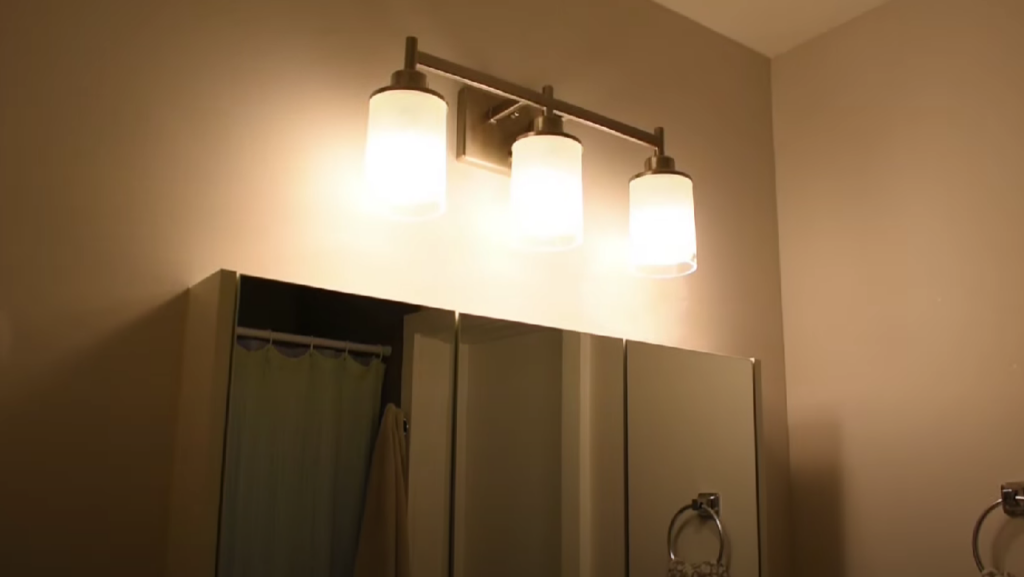
When planning to move a light fixture, it is essential to consider the various factors that can significantly impact the overall cost. By understanding these factors and discussing them with a qualified electrician, homeowners can make informed decisions and budget accordingly for a successful light fixture relocation project.
How to Save Money in Moving a Light Fixture?
Relocating a light fixture can add a touch of freshness to a space, but it’s natural to seek ways to minimize the associated costs. Fortunately, there are several strategies you can employ to save money while moving a light fixture. Below are practical tips and cost-effective measures that can help you stay within your budget without compromising on the quality and outcome of the project.
Assess the Existing Wiring
Before moving a light fixture, have a professional electrician assess the condition of the existing wiring. If the wiring is in good shape and compatible with the new location, it may not need to be replaced or extensively modified.
By avoiding unnecessary rewiring, you can save on labor costs and minimize material expenses.
Choose a Nearby Location
Opting for a new location that is close to the existing one can significantly reduce the cost of moving a light fixture. The shorter the distance, the less time and effort required for the relocation process.
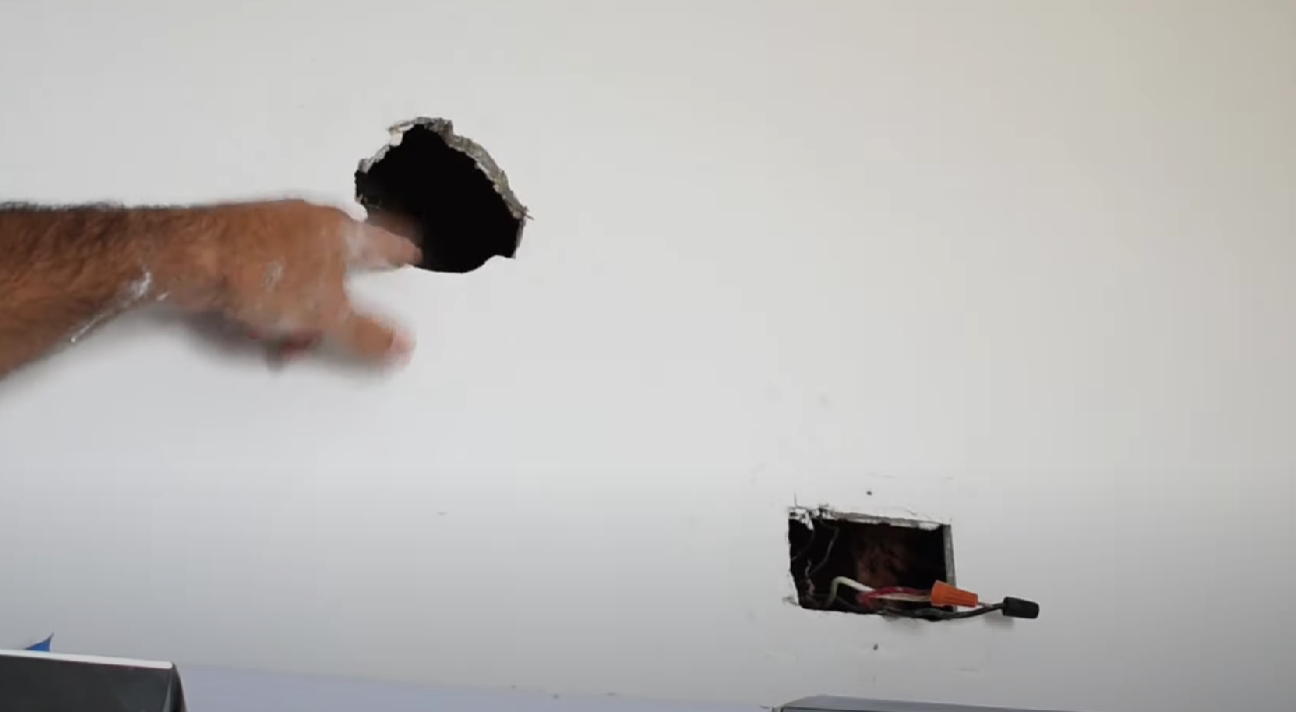
Selecting a spot that requires minimal adjustments to the electrical wiring and structure of the ceiling or wall can help you save both time and money.
DIY Preparation
While it’s crucial to hire a professional electrician [1] for the actual relocation work, you can save money by taking care of some preparation tasks yourself. For instance, clearing the area around the existing fixture and ensuring easy access for the electrician can help expedite the process and reduce labor time.
Additionally, if any decorative elements or components of the fixture can be safely removed beforehand, you can do so, allowing the electrician to focus solely on the relocation itself.
Minimize Repair Costs
When moving a light fixture, there is often a need to repair the existing hole and create a new one. To save on repair costs, consider opting for smaller, less complex repairs. If the hole from the previous location is relatively small, you can learn basic drywall repair techniques and patch it yourself.
There are numerous online tutorials and resources available that can guide you through the process. However, for larger or more intricate repairs, it’s advisable to hire a professional to ensure a seamless and visually appealing outcome.
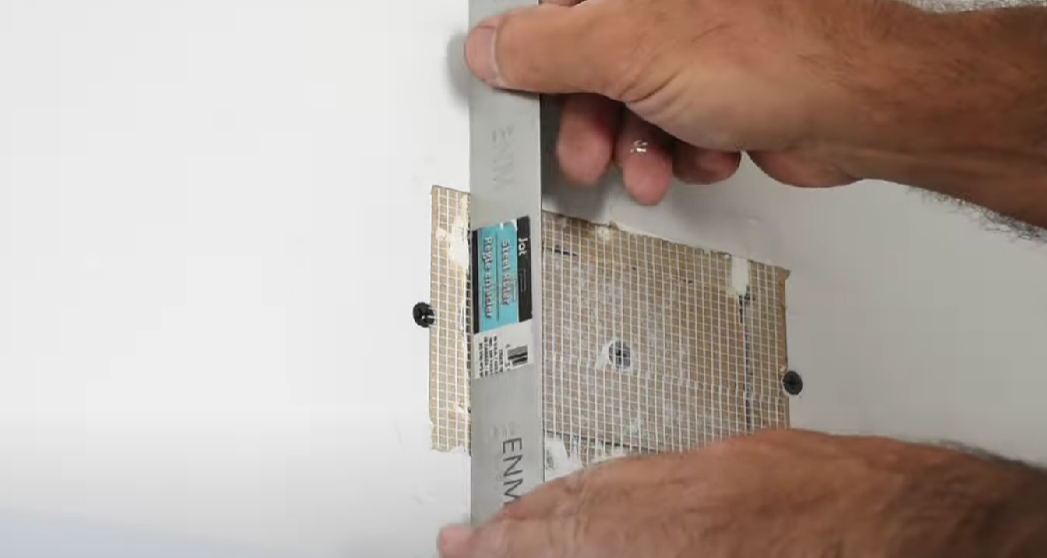
Choose a Simple Fixture
If you’re flexible with the type of light fixture, opting for a simpler design can help save money during relocation. Basic ceiling-mounted fixtures or wall sconces are typically easier to move and require less labor time compared to complex chandeliers or pendant lights with intricate wiring.
By selecting a simpler fixture, you can potentially reduce both labor costs and the risk of damage during the relocation process.
Moving a light fixture doesn’t have to break the bank. Remember to consult with a professional electrician for expert advice and to ensure the safe and efficient completion of the project.
Conclusion
The cost to move a light fixture can vary depending on factors like distance, wiring requirements, and the complexity of the fixture itself.
By understanding these factors and exploring cost-saving measures, homeowners can successfully navigate the relocation process while ensuring a beautiful and well-lit space that fits their budget.

